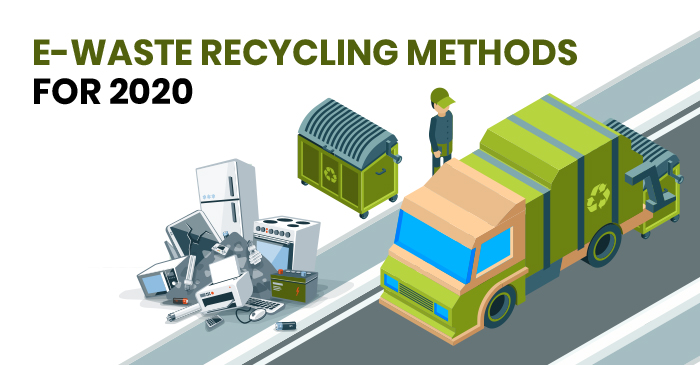A Total Guide To Determining The Perfect Dumpster Size For Your Task
A Total Guide To Determining The Perfect Dumpster Size For Your Task
Blog Article
Write-Up Composed By-Hahn Fisher
When starting a project that calls for a dumpster, the size you choose can substantially affect its performance and cost-effectiveness. Picture having the excellent container that suits all your waste without being excessively huge or too tiny. All of it beginnings with understanding the nuances of your project and choosing a dumpster dimension that aligns with your particular needs. So, before you decide, consider the elements at play to make sure a seamless waste monitoring process throughout.
Factors to Think about
When choosing the appropriate dumpster size, there are several key factors to think about.
First, consider the type of waste you'll be dealing with. Various products may call for differing quantities of space, so recognizing what you'll be putting in the dumpster is essential.
Next, evaluate the quantity of waste you expect to create. If you ignore the volume, you may need to make several trips to dispose of everything, which can be bothersome and costly. On the other hand, leasing a dumpster that's too huge can cause unneeded expenditures.
Furthermore, take into consideration the space where the dumpster will be put. Make sure there just click the following article for the dumpster to be supplied and gotten with no obstructions.
Finally, think about any weight limitations that may use. Exceeding the weight restriction can cause extra charges and even the refusal of service.
Dumpster Size Choices
For selecting the appropriate dumpster dimension, it's essential to have a good understanding of the offered alternatives. Dumpster dimensions commonly range from 10 to 40 cubic lawns, with variations in between.
A 10-yard dumpster is suitable for small jobs like a garage cleanout or a tiny remodelling. If you're tackling a medium-sized job such as a cooking area remodel or a cellar cleanout, a 20-yard dumpster could be the best choice.
For larger projects like a whole-house renovation or commercial building and construction, a 30 or 40-yard dumpster could be better to fit the volume of waste generated.
When picking a dumpster size, take into consideration the amount and kind of particles you expect to take care of. https://menafn.com/1104550468/Javis-Multi-Service-Junk-Removal-Inc-Outlines-The-Benefits-Of-Dumpster-Rental 's far better to choose a slightly larger dimension if you're uncertain to avoid overfilling. Keep in https://https-www-youtube-com-wat43209.theblogfairy.com/29877445/learn-about-the-vital-factors-that-contribute-to-a-seamless-dumpster-rental-journey , it's even more affordable to rent a dumpster that fits your needs instead of having to buy an additional one.
Matching Size to Task
Efficiently matching the dumpster dimension to your job is essential for reliable waste management. To figure out the appropriate size, think about the scope and nature of your task.
For little home cleanouts or improvements, a 10-yard dumpster may be adequate. These are generally 12 feet long and can hold around 4 pickup truck lots of waste.
For bigger tasks like redesigning several rooms or removing a large estate, a 20-yard dumpster might be preferable. These are around 22 feet long and can hold about 8 pickup tons.
If you're taking on a major building project or commercial renovation, a 30-yard dumpster could be the best fit. These dumpsters have to do with 22 feet long and can accommodate about 12 pickup loads of debris.
Matching the dumpster size to your task guarantees you have sufficient area for all waste materials without overpaying for unused ability.
Verdict
In conclusion, choosing the ideal dumpster size for your job is crucial for reliable waste disposal. By taking into consideration variables like the type and amount of waste, room accessibility, weight constraints, and budget restraints, you can guarantee you have the proper dimension dumpster for your demands. Make certain to match the size of the dumpster to the extent and nature of your task to prevent overspending on unnecessary costs.
